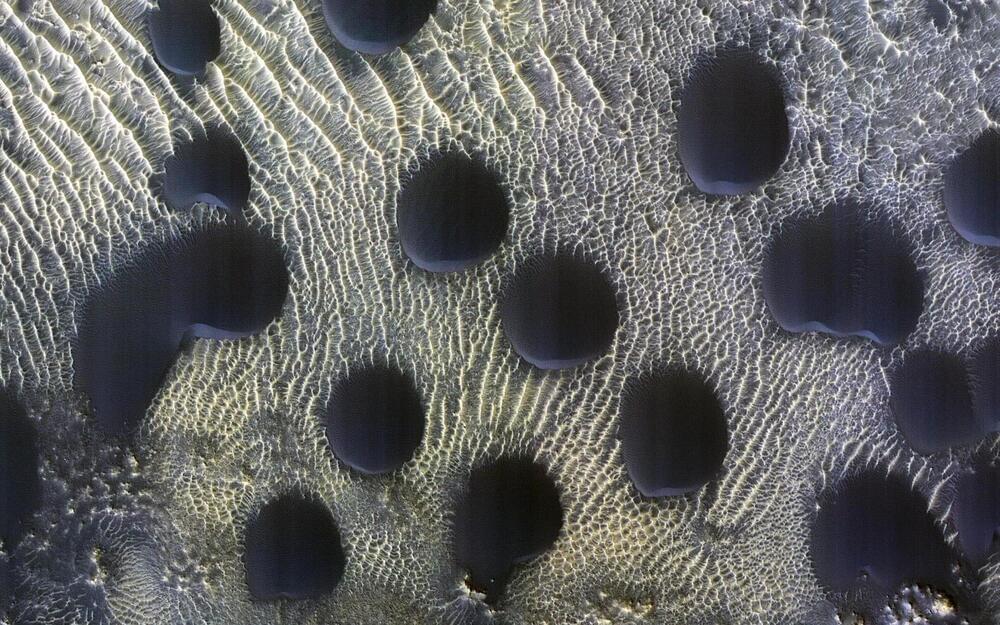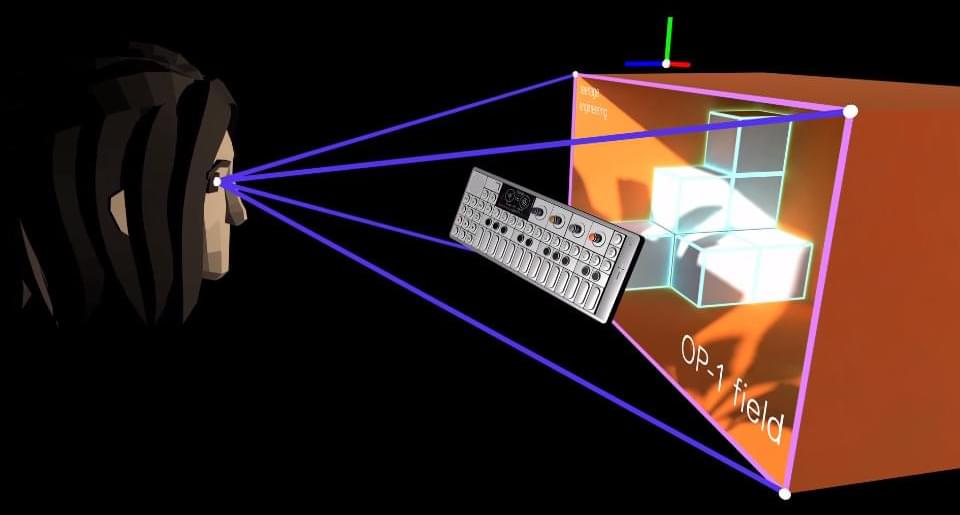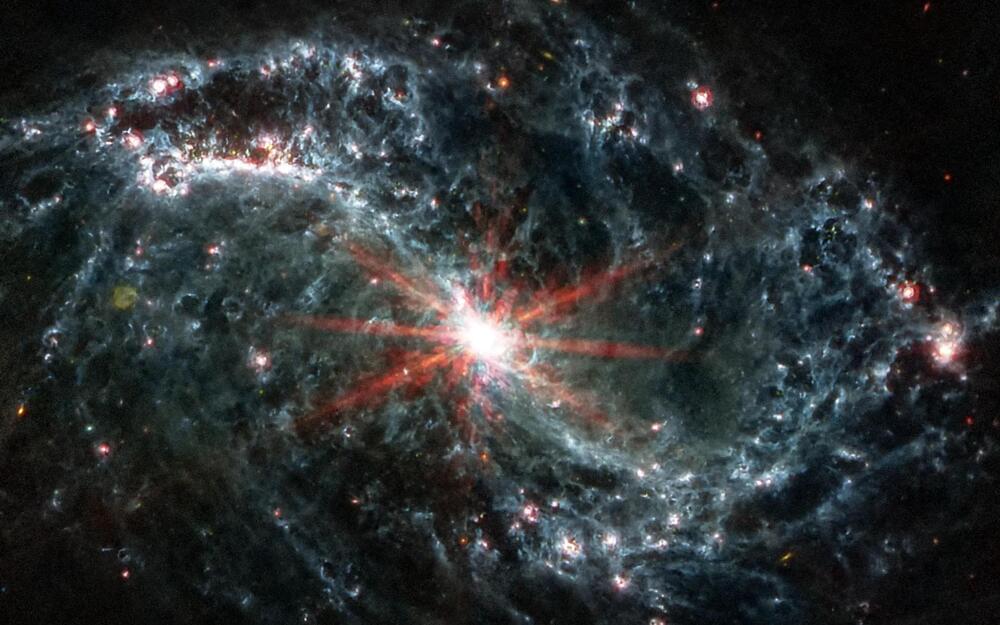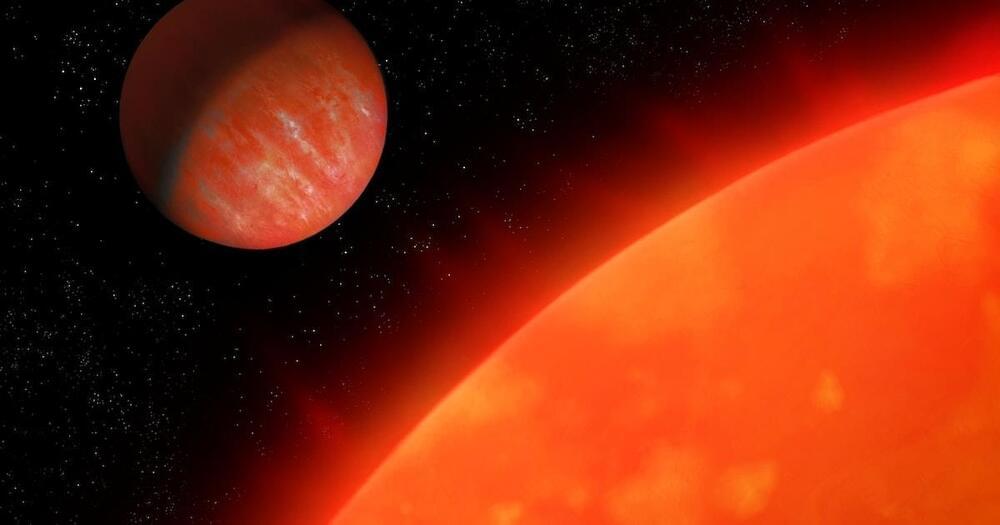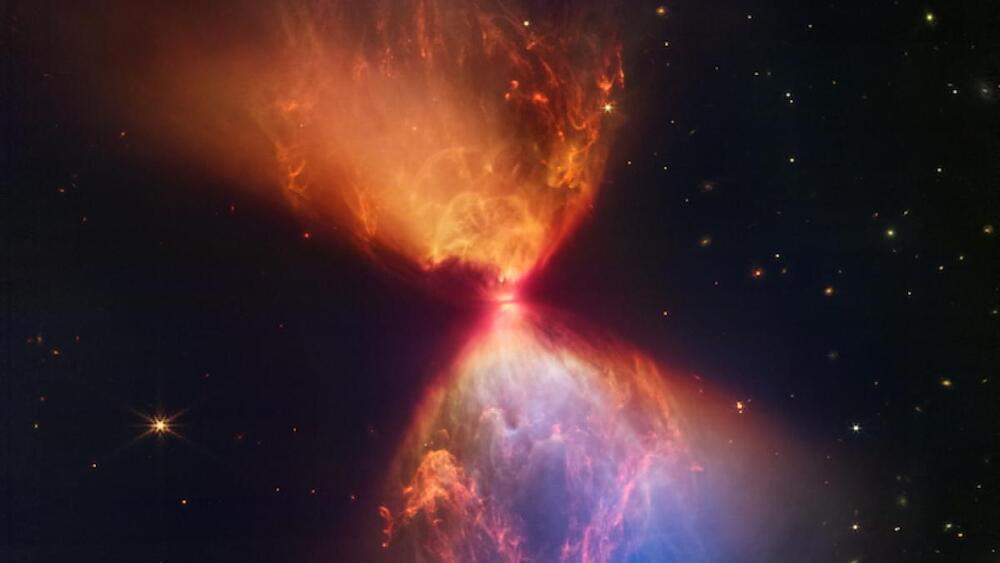Check out the Machine Learning Course on Coursera: https://click.linksynergy.com/deeplink?id=vFuLtrCrRW4&mid=40…p_ml_nov18
STEMerch Store: https://stemerch.com/
Support the Channel: https://www.patreon.com/zachstar.
PayPal(one time donation): https://www.paypal.me/ZachStarYT
Instagram: https://www.instagram.com/zachstar/
Twitter: https://twitter.com/ImZachStar.
Join Facebook Group: https://www.facebook.com/groups/majorprep/
►My Setup:
Space Pictures: https://amzn.to/2CC4Kqj.
Camera: https://amzn.to/2RivYu5
Mic: https://amzn.to/2BLBkEj.
Tripod: https://amzn.to/2RgMTNL
Equilibrium Tube: https://amzn.to/2SowDrh.
►Check out the MajorPrep Amazon Store: https://www.amazon.com/shop/zachstar?tag=lifeboatfound-20
